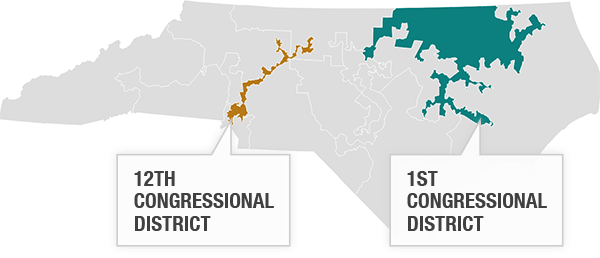Jed Quiaoit
S
Samantha Howey
AP US Government 👩🏾⚖️
240 resourcesSee Units
Representatives represent their constituents!
Here are some examples of what they do:
- vote on legislation ✅
- help their constituents to deal with the government
- receive complaints about federal services and act on them
- sponsor voters who seek scholarships or government contracts
- receive the constituents’ suggestions on how to improve the government
Models of Representation
When a representative acts on the wills and wishes of their constituency it is considered the delegate model. For example, a representative from a rural district will listen to their constituents' problems with the lack of financial resources for a hospital. That representative would go back to Washington to introduce legislation on this issue or support legislation on this topic when acting as a delegate.
Representatives will listen to their constituents, but will use their best judgment when deciding to vote. This is called the trustee model. An example of this is a representative voting against tax cuts because they feel they won’t do good for the nation, but a sizable portion of their constituents support the tax cuts.
The politico model involves both the trustee model and delegate model. Legislators follow their own judgment until the public becomes vocal about a particular matter, then they follow the wills of their constituents. 😎
Divided Governments
Partisanship: Gridlocks and Elections
Ideological divisions refer to the differences in political beliefs and values that exist within Congress. These differences can sometimes result in a situation known as gridlock, where the government is unable to move forward with important legislation due to the inability of lawmakers to agree on key issues.
Gridlocks can occur when one political party or group of lawmakers has a vastly different ideology than the other and refuses to compromise on certain issues. This can lead to a stalemate, where no progress can be made until the two sides reach an agreement.
To overcome this gridlock and move forward with important legislation, negotiation and compromise may be necessary. This involves finding a common ground between opposing ideologies, and making compromises to reach a mutually agreeable solution. This process can be difficult and time-consuming, but it is often necessary in order to move the government forward and achieve important goals.

Source: MinnPost
Elections can sometimes result in a divided government, where one political party holds the presidency and the other party holds a majority in one or both chambers of Congress. This division can lead to significant challenges in governance, as the president and Congress may have very different ideologies and priorities. When this occurs, partisan votes against presidential initiatives are likely to occur, as members of Congress from the opposing party may be motivated to block or slow down the president's agenda.
Additionally, a divided government can result in a situation where a "lame-duck" president of one party is unable to get their appointments confirmed by a Congress controlled by the opposing party. This can lead to further gridlock and slow down the government's ability to function effectively. The division of power between the presidency and Congress can make it difficult to pass legislation and make appointments, which can impact the government's ability to serve the needs of the people and carry out its responsibilities. 🔒
Gerrymandering: Baker v. Carr and Shaw v. Reno
Gerrymandering, redistricting, and unequal representation of constituencies are issues in the American political system that have led to unequal representation and political power imbalance. These practices have been partially addressed by two landmark Supreme Court decisions: Baker v. Carr (1962) and Shaw v. Reno (1993).
Baker v. Carr was a case in which the Supreme Court opened the door to equal protection challenges to redistricting. The decision established that the "one person, one vote" doctrine was a constitutional principle, which meant that districts had to be roughly equal in population. This was a major step forward in ensuring that each person's vote carried roughly equal weight, regardless of where they lived.
Shaw v. Reno was a case in which the Supreme Court held that race could not be the predominant factor in redistricting. The decision established that racial gerrymandering was unconstitutional and could only be used in limited circumstances, such as to meet the requirements of the Voting Rights Act. This decision was important in preventing the manipulation of district boundaries for the purpose of suppressing the political power of certain racial or ethnic groups.

Source: NPR
Together, these two decisions have helped to address some of the inequalities that were inherent in the redistricting process and have helped to ensure that each person's vote carries equal weight and that their political representation is not unfairly diluted.
🎥 Watch: AP GOPO - Congress' Committee System
Browse Study Guides By Unit
🏛Unit 1 – Foundations of American Democracy
⚖️Unit 2 – Branches of Government
✊🏽Unit 3 – Civil Liberties & Civil Rights
🐘Unit 4 – American Political Ideologies & Beliefs
🗳Unit 5 – Political Participation
🤔Exam Skills

Fiveable
Resources
© 2025 Fiveable Inc. All rights reserved.